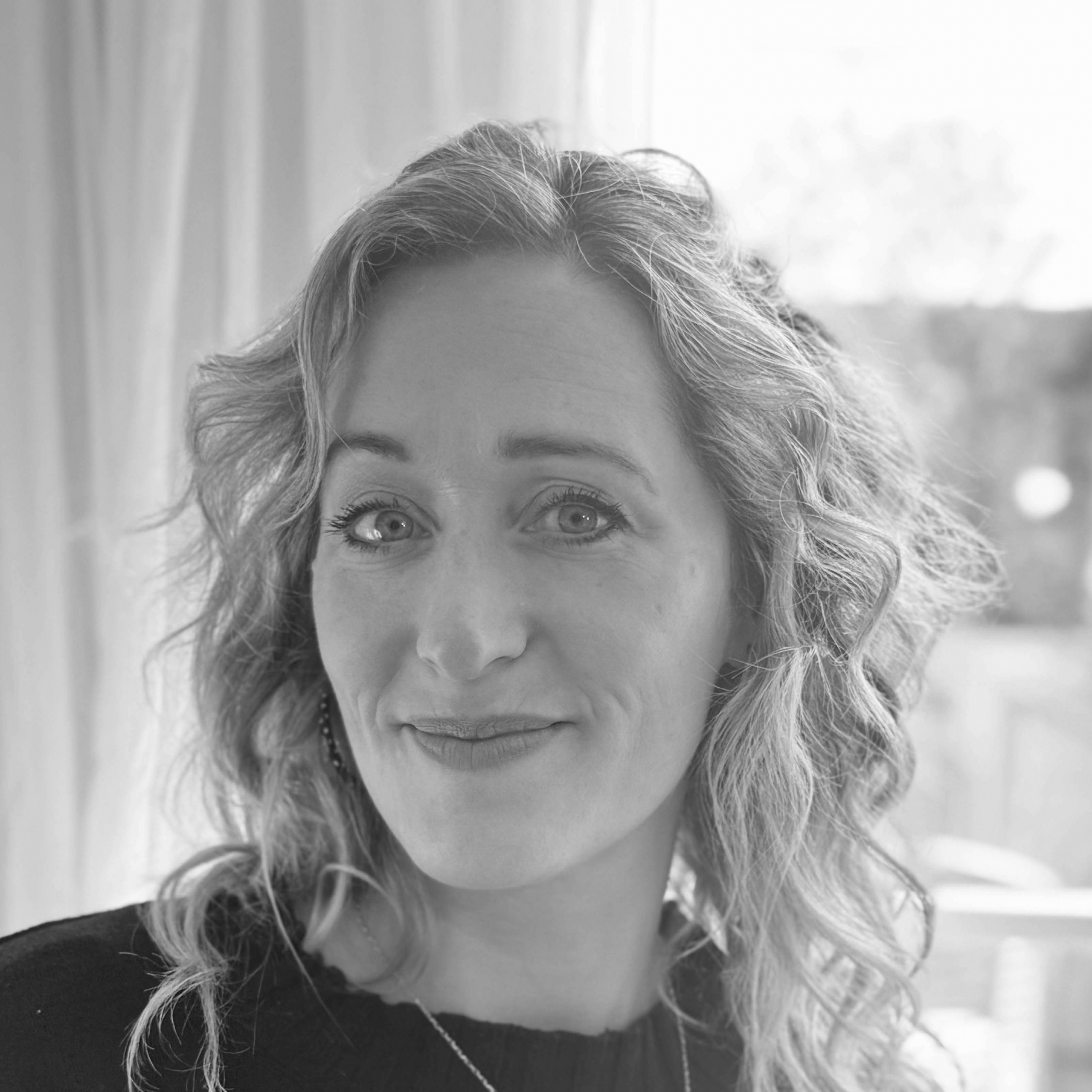Why do I need a flood risk assessment and what is it?
If you are applying for planning permission, you may be need to provide a flood risk assessment with your application. This demonstrates the flood risk for your proposed development.
When is a flood risk assessment required?
A flood risk assessment is required for planning permission if you are in a flood risk zone, with some exceptions noted for flood risk zone 1 below.
Flood risk zone 1
Flood zone 1 has the smallest risk factor. You will only need a flood risk assessment for your planning application if:
- your development area is more than one hectare (ha);
- or (where less that one ha) if it includes a change of use to a more vulnerable class (for example from commercial to residential), where they could be affected by sources of flooding other than rivers and the sea (for example surface water drains, reservoirs);
- or (where less that one ha) if you are an area within flood zone 1 which has critical drainage problems as notified by the Environment Agency.
Check with your local authority whether your site is within an area with critical drainage problems.
In summary, the ONLY time you would not need to submit a flood risk assessment in zone 1 is when the site is less than 1 hectare AND it wouldn’t be affected by critical drainage problems or other non-sea/river drainage sources.
Who does a flood risk assessment?
Can you appoint a flood risk specialist to carry out your assessment for you. Some architects include this as part of their services.
Can I do my own flood risk assessment?
If your proposal is simple, small and low risk, e.g. a house extension in a low-risk zone, you may decide to carry out the flood risk assessment yourself.
What should a flood risk assessment for a house extension include?
For minor extension projects, you will need to include the following information.
- A plan showing finished floor levels and estimated flood levels. These need to be in relation to Ordnance Datum (height above sea level). You should be able to get this information from Ordnance Survey.
- You should ensure that no floor levels are lower than the existing floor levels OR lower than 300mm above the estimated flood level.
- If it’s not possible to raise the floor levels, you will need to include extra flood resistance and resilience measures to provide protection up to 300mm above the estimated flood level.
- Use flood resistant materials up to 300mm above the estimated flood level.
- If your design aims to keep out a depth of more than 600mm of water, you will need to get advice from a structural engineer due to the increased pressure on the structure.
- You will need to show how your development will not be flooded by surface water or groundwater. This could be by raising floor levels but could also be by diverting the water from buildings and managing it in another part of the site.
- You may be in an area with increased flood risk due to multiple minor extensions in the area – check with your local authority.
- Escape and access plan if any parts of the building are below the estimated flood zone.
- Surface water management. You should use SuDS for all developments involving surface water drainage in flood risk areas, or evidence of why they would be inappropriate.
What are SuDs?
SuDS stands for sustainable drainage systems. They provide an alternative to channelling surface water into pipes and sewers. SuDS mimic natural drainage processes. This helps prevent sewers in urban areas being overwhelmed by surface water, which can lead to flooding and dirty water being released into rivers. SuDS can help alleviate these problems by:
- storing and re-using surface water at the source;
- decreasing flow rates to watercourses;
- improving water quality.
Information from BGS
Flood risk assessment near me
Ask your architect for their advice on where to find someone to carry out your flood risk assessment. It’s likely that they would have used someone local previously, or even undertake this service themselves.

